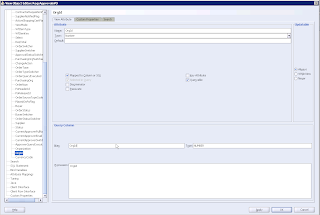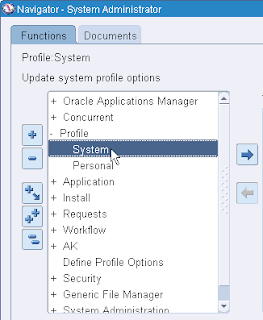v_user_name VARCHAR2 (100) := 'TEST_USER';
v_responsibility_name VARCHAR2 (100) := 'System Administrator';
v_application_name VARCHAR2 (100) := NULL;
v_responsibility_key VARCHAR2 (100) := NULL;
v_security_group VARCHAR2 (100) := NULL;
BEGIN
SELECT fa.application_short_name,
fr.responsibility_key,
frg.security_group_key,
frt.description
INTO v_application_name,
v_responsibility_key,
v_security_group,
v_description
FROM fnd_responsibility fr,
fnd_application fa,
fnd_security_groups frg,
fnd_responsibility_tl frt
WHERE fr.application_id = fa.application_id
AND fr.data_group_id = frg.security_group_id
AND fr.responsibility_id = frt.responsibility_id
AND frt.LANGUAGE = USERENV ('LANG')
AND frt.responsibility_name = v_responsibility_name;
fnd_user_pkg.delresp (username => v_user_name,
resp_app => v_application_name,
resp_key => v_responsibility_key,
security_group => v_security_group);
COMMIT;
dbms_output.put_line ( 'Responsiblity ' || v_responsibility_name || ' is removed from the user ' || v_user_name || ' Successfully' );
EXCEPTION
WHEN OTHERS THEN
dbms_output.put_line ( 'Error encountered while deleting responsibilty from the user and the error is ' || SQLERRM );
END;
Source: Thanks for Sharing











